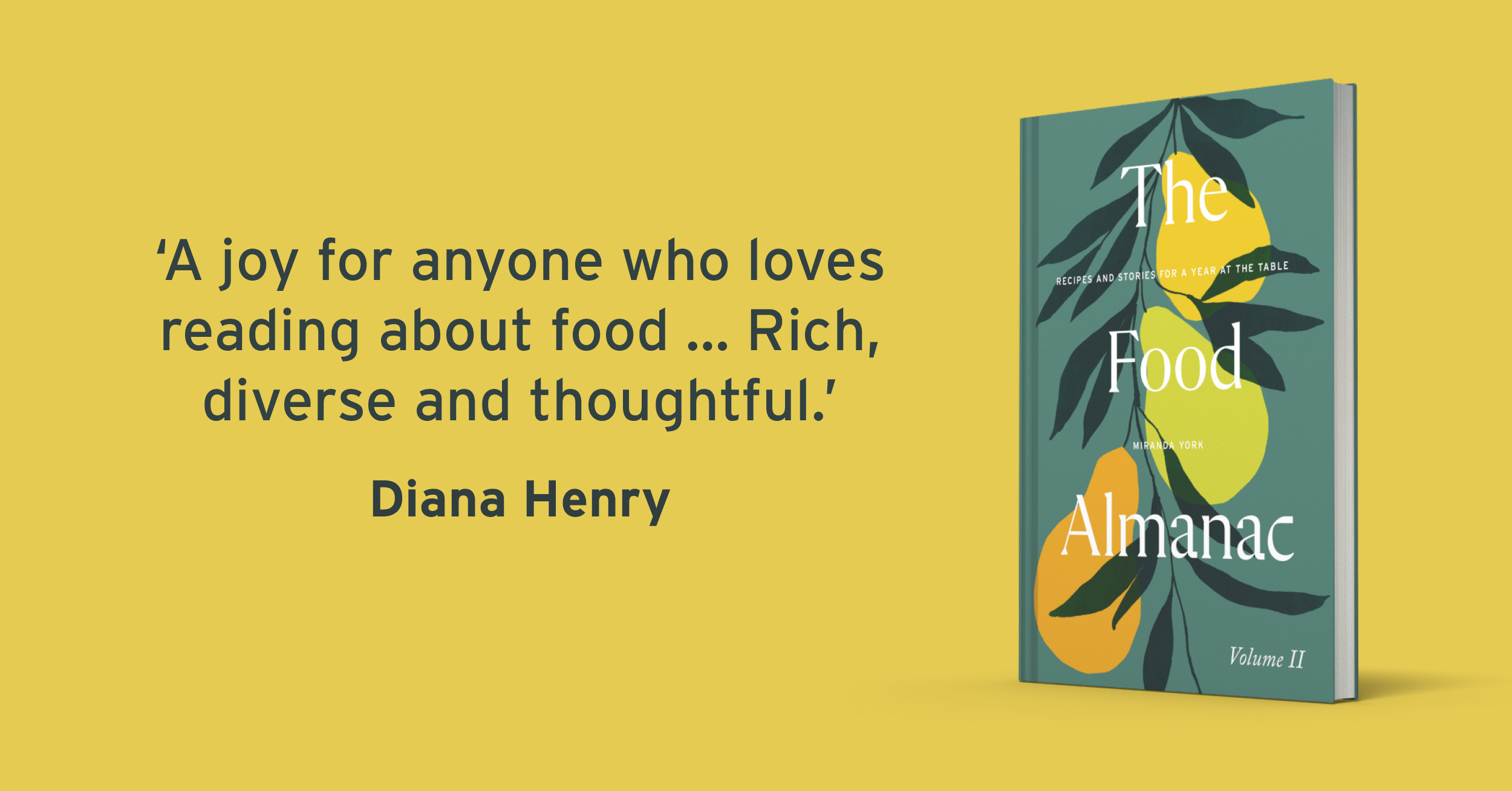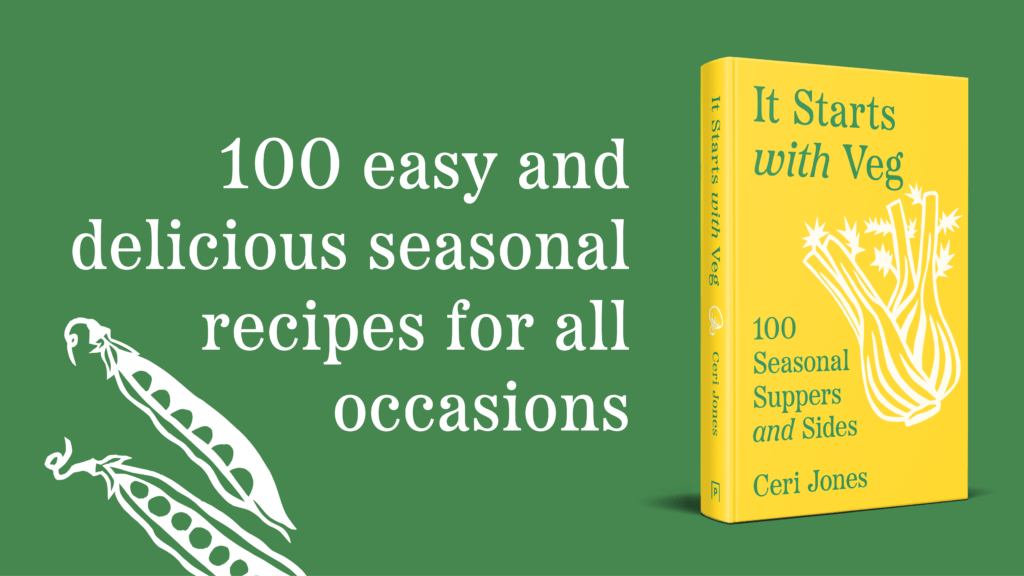NOVEMBER
Time to slow down and recalibrate; let the morning mists clear. Root vegetables, long forgotten beneath the ground, take the limelight, as soothing and comforting as they are versatile. Discover the pleasures of unfamiliar fruits – medlars, sloes and the intoxicating scent of bergamots. As November draws to a close and autumn turns to winter, prepare for the festivities ahead with a flurry of kitchen activity and a generous dram of spiced rum.
IN SEASON
Bergamot
Cauliflower
Cavolo nero
Celeriac
Chervil root
Cranberries
Horseradish
Kohlrabi
Medlars
Parsley root
Salsify
Sloes
CELERIAC
Knobbly gnarly knots
The knotted tendrils of celeriac hold fast to the ground it’s pulled from, challenging
you to unearth its inner beauty. There is pearly flesh beneath its monstrous exterior,
and compelling culinary possibilities. When raw, its mineral notes and earthy
quality are best captured with the bite of vinegar or lemon juice, yet its flavour
mellows when cooked, softening to a subtle nuttiness with just a hint of underlying
sweetness – a characteristic brought to the fore when caramelised in a hot oven.
Look for small, heavy roots, preferably with the fresh green shoots attached.
A peeler won’t mark the tough, gnarly skin – better to carve it away with a sharp
knife. The white flesh browns quickly when exposed to air, so plunge pieces into
lemon or vinegar-spiked water as you chop.
As the name suggests, celeriac is a kind of celery, cultivated for its bulbous root
rather than its long stalks and serrated leaves. And, like celery, it contains a
compound called phthalide that accentuates the flavours of other ingredients.
Perhaps this is why it can sway from delicate to robust, never overpowering
a dish, yet assertive enough to take on the heat of horseradish, chilli or garlic
without losing its identity.
Celeriac enjoys the company of other winter roots and can happily impersonate
a potato with its creamy colour and its ability to be boiled, roasted or mashed.
Its versatility is partly due to its changing texture; firm when raw, yet yielding
to a rich, velvety purée when cooked. It’s a marvel that a vegetable so apparently
brutish can be so completely transformed.
WHAT TO DO WITH CELERIAC
• Keep the trimmings for stock and use the slightly bitter leaves in place of celery or lovage in soups and stews.
• Forgo the prep and bake it whole, wrapped in foil with oil and herbs.
• Enjoy it raw – julienned into a remoulade or winter slaw with fennel and apple, or pair thin slices with blood orange and radicchio.
• Try Meera Sodha’s hasselback celeriac, cutting deep fans into the root and smothering it in miso and tahini.
• Shave into thin ribbons to create a sort of ‘pasta’ – mimic maltagliati (Italian for ‘badly cut’) to make a feature of any irregularity – and serve with sage butter or slow-cooked ragu.
• Simmer into a silky soup and garnish with chestnuts or blue cheese.
• Pair with potatoes in a gratin, rösti or buttery mash and serve with sausages, game or a rich beef stew.
• Tempt out its sweet side – follow River Cottage’s lead and churn into an eccentric ice cream.

Extract from The Food Almanac volume II by Miranda York.
Illustration by Jordan Amy Lee



